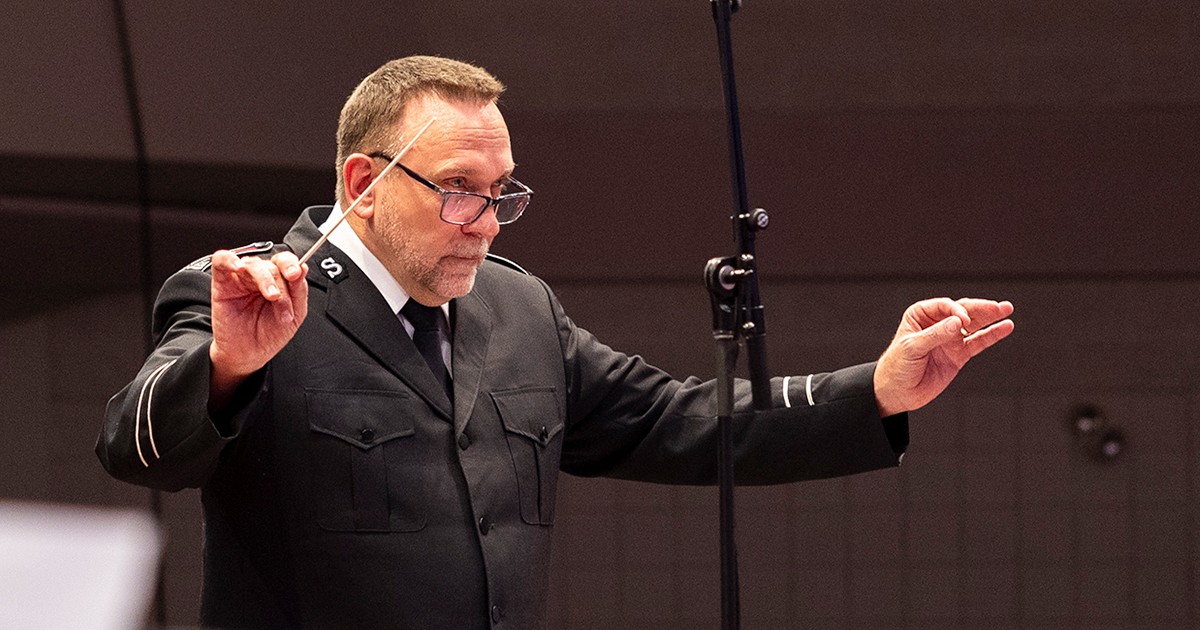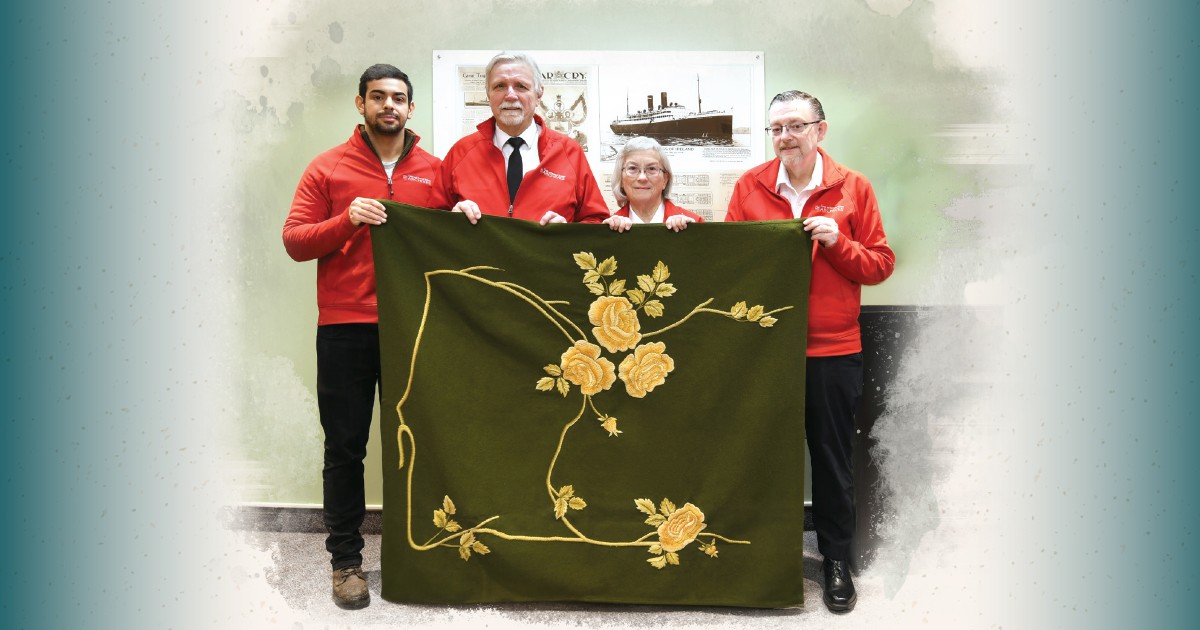 From the earliest days of The Salvation Army, Salvationist sailors were diligent in preaching to their shipmates. In The War Cry of July 29, 1885, a report headed “North Sea Corps” told of 13 vessels in England flying the Army flag, lashed together so their crews could take part in meetings in which eight people were converted.
From the earliest days of The Salvation Army, Salvationist sailors were diligent in preaching to their shipmates. In The War Cry of July 29, 1885, a report headed “North Sea Corps” told of 13 vessels in England flying the Army flag, lashed together so their crews could take part in meetings in which eight people were converted.
In May of the same year, Bramwell Booth wrote to his father, General William Booth, with the information that John Cory, a wealthy Welshman, wished to give a steam yacht, 100 feet long, to the Army. Said Bramwell: “I told him I had been considering what to do for the sailors … and there was very little doubt but that we would accept his offer. At the last May meeting you proposed a navy.”
Three months later, the SS Iole became the flagship of the fledgling Salvation Navy. The mission of the crew included boarding vessels to distribute Bibles and other religious books and to preach Christ. From the ship's masts floated the colours of The Salvation Army; one flag bore in bold letters the words, “Are you saved?” while on the sails was the monogram “SN” (Salvation Navy).
Early in 1886, a sensation was caused at Plymouth, England, when William Booth, aboard the SS Iole, presented Army colours to the crews of the Salvation Navy fleet, which consisted of about a dozen vessels. This was the first attempt to recognize formally the many Salvationist sailors and fishermen.
In the north of England, the Founder had already met the owners of the War Cry, a “salvation fishing smack” purchased with money saved by her owners since they had stopped smoking and drinking. All along the coast were such men, so the Army proposed to organize them in Salvation Navy brigades.
In June 1886, the SS Iole broke her back on a sandbank, the crew barely escaping with their lives. Despite this setback, the work of naval brigades continued under regulations stating that the work of The Salvation Navy was “to do for those who go to sea what the Army does for those attending no place of worship on land.”
By 1887 in Holland, Salvationist barge owners were using their crafts as centres of Army activity. The Dezorg was a training garrison for eight male cadets by day, and in the evening, people descended into the hold for a meeting. The work of the 120-ton Army-owned barge Hoop Voor Allen (Hope for All) was so successful that ministers sent their young people to what was known as “the converting ship.”

De Febe, a motor-vessel launched in 1930, carried a tent for meetings, chairs, instruments and song sheets—all necessary for campaigns, which continued until the outbreak of the Second World War.
In 1900, the Catherine Booth, commissioned as a lifeboat in Norway, provided vital service for 30 years. Norway also had a “salvation Viking fleet” that took the gospel to isolated villages.
William Booth's vision of a Salvation Navy also took root in the Canadian Territory, for in 1894 the Glad Tidings was already ploughing the Atlantic off Labrador, its crew of Salvationists holding meetings with Newfoundland fishermen at every opportunity. Later the same year, the 32-ton Salvationist put out from St. John's, N.L., to carry out a similar work. A year earlier, the SS William Booth was launched for ministry on the Great Lakes. For three months the crew visited ports with a “naval band” before the ship caught fire and sank near the Lake Erie community of Port Dover, Ont.
Natural disasters have often necessitated a temporary transformation from a Salvation Army to its naval counterpart. Bangladesh knows what it means to see the Army afloat. During a cyclone disaster, Salvationists chartered a steam launch and put up the familiar Red Shield as they travelled the treacherous waters.
Even though The Salvation Navy is now an intriguing part of the Army's colourful history, during the summer Canadian Salvationist boating enthusiasts continue to use their water craft for community hymn sings and gospel messages.
 Lt-Colonel Maxwell Ryan is retired in Burlington, Ont., where he serves as a part-time hospital chaplain and amateur Army historian.
Lt-Colonel Maxwell Ryan is retired in Burlington, Ont., where he serves as a part-time hospital chaplain and amateur Army historian.









Comment
On Monday, February 14, 2011, Major/ Captain Patrick Lublink - Military Chaplain said:
On Sunday, February 13, 2011, Rob Jeffery said:
All we need is a Salvation Air Force and we'll be all set!
Leave a Comment